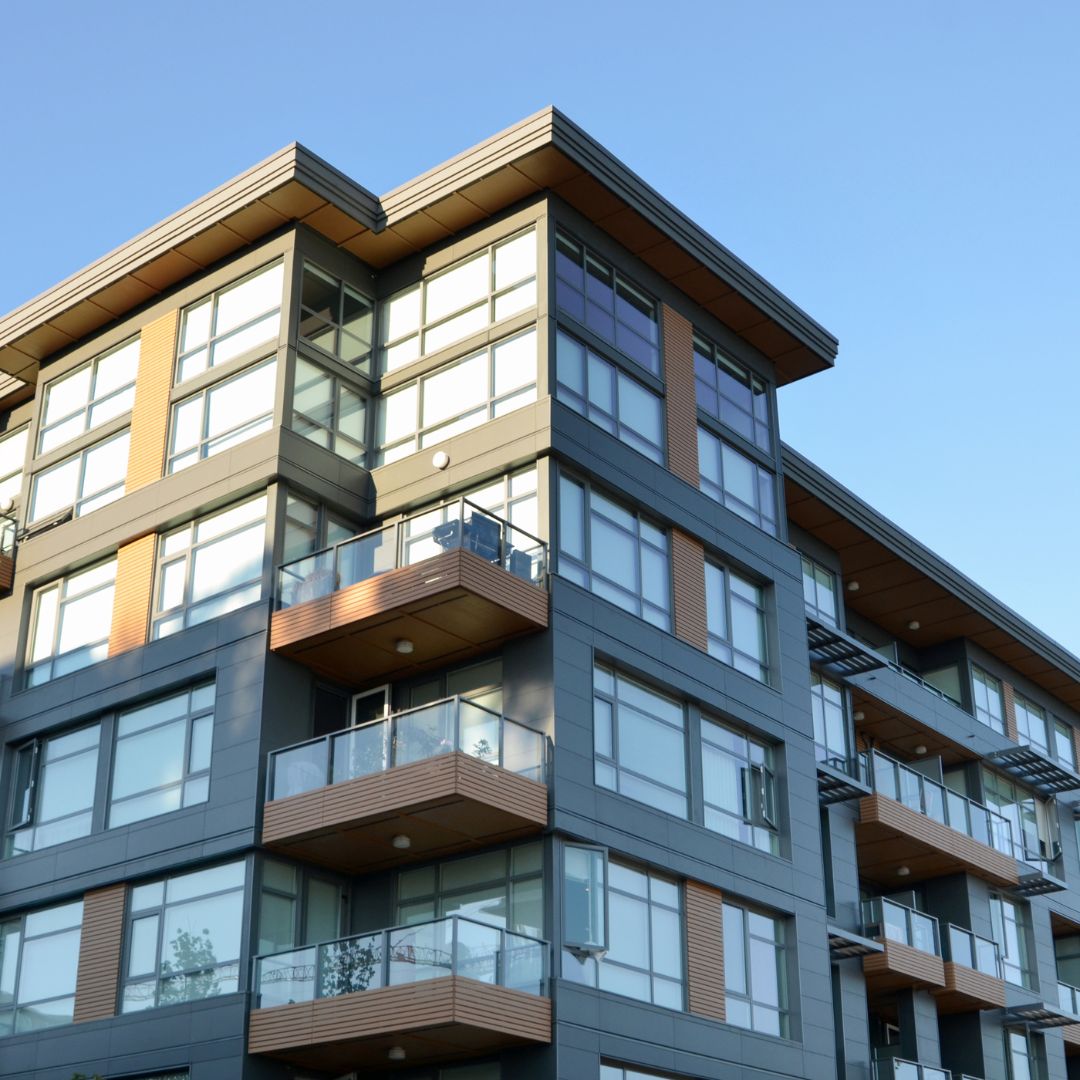Navigating External Wall Fire Risk Assessments Under PAS 9980

The safety of a building’s external walls has become one of the most scrutinised aspects of fire safety in the UK. Following high-profile cladding failures, including the Grenfell Tower fire, building owners, developers, and managing agents now face stricter requirements to ensure façades are compliant and safe. The PAS 9980 guidance provides a structured framework for carrying out a fire risk appraisal of external walls (FRAEW), but understanding what this means in practice is not always straightforward.
What PAS 9980 Is and Why It Matters
PAS 9980 is a code of practice published by the British Standards Institute. It sets out a consistent method for evaluating the fire risk of external wall systems, including cladding, insulation, and attachments such as balconies or signage. It replaces inconsistent practices and helps ensure assessments are thorough, evidence-based, and comparable across different properties.
For freeholders, housing associations, developers, or lenders, a PAS 9980 assessment can:
- Identify potential fire hazards in façade systems.
- Provide an evidence-backed overall risk rating of a building to inform remediation priorities.
- Reduce uncertainty for insurers and mortgage providers.
- Demonstrate proactive compliance with fire safety regulations and legal obligations under the Fire Safety Act 2021.
When an FRAEW Is Required
Not every building will need a full FRAEW. PAS 9980 is primarily aimed at:
- Multi-occupied residential buildings where combustible construction materials may be present.
- Blocks of flats or student accommodation with complex façades or attachments that could influence the risk of fire spread.
- Situations where an initial fire risk assessment has flagged potential concerns about the external walls of a building.
For lower-risk properties, a competent fire risk assessor may conclude that no further action is necessary. However, engaging competent professionals early can prevent costly delays if concerns arise later.
Key Stages of the Assessment
- Pre-Assessment Information Gathering – Plans, available information, materials data, and previous reports are reviewed to establish baseline knowledge.
- Site Inspection & Sampling – A competent fire engineer examines the building’s external wall system, sometimes including intrusive investigations or sample removal to verify materials.
- Risk Analysis Using PAS 9980 Criteria – Factors such as combustibility, cavity barriers, various factors influencing fire behaviour, and means of escape are evaluated.
- Risk Rating & Recommendations – The assessor provides a clear rating (low, medium risk, or high) and outlines proportionate measures, which may range from monitoring to remedial works.
- Reporting & Stakeholder Communication – A comprehensive report is issued, suitable for use with insurers, lenders, or regulatory bodies, and provides further information to guide decision-making.
Common Challenges and How to Overcome Them
- Incomplete Records: Many older relevant buildings lack clear documentation. Early liaison with contractors or using investigative surveys can fill gaps.
- Access Constraints: High-rise façades may require specialist access equipment or temporary road closures—planning ahead avoids delays.
- Misinterpretation of Findings: A high-risk rating doesn’t always mean full remedial actions like cladding replacement. Competent building professionals can propose proportionate, cost-effective solutions.
How MAF Associates Integrates PAS 9980 into Broader Fire Safety Plans
A PAS 9980 assessment is not a standalone exercise; it forms part of a holistic fire safety strategy. MAF Associates integrates these assessments with:
- Internal Fire Risk Assessments: Ensuring internal systems, like fire alarms and evacuation routes, complement external safety measures.
- EWS1 Compliance: For buildings requiring both, MAF Associates streamlines data collection to avoid duplication, saving time and costs.
- Regulatory Compliance: Ensuring consistency with the Building Safety Act, Fire Safety Order, and other evolving legislation.
- Ongoing Consultancy: Offering training, policy updates, and regular audits to maintain compliance with evolving safety standards.
- Stakeholder Engagement: Working with architects, contractors, responsible entities, and residents to ensure buy-in and effective implementation of recommendations.
This integrated approach ensures that buildings not only meet PAS 9980 requirements but also achieve comprehensive safety, mitigating risks to occupants and assets.
Why Choose MAF Associates?
MAF Associates stands out as a trusted partner for PAS 9980 assessments due to:
- Expertise: A team of highly skilled fire engineers, façade surveyors, and risk assessors with extensive experience in best practice for the built environment.
- Technology: Use of cutting-edge tools like drones and laser scanning for accurate, efficient detailed examination of façades.
- Comprehensive Service: A single point of contact for all fire safety needs, from PAS 9980 to EWS1 and internal assessments.
- Client-Centric Approach: Tailored solutions that balance safety, compliance, and budget constraints, with clear communication at every stage.
Final Thoughts
PAS 9980 has brought much-needed clarity to the assessment of external wall construction, but navigating the process requires expertise. By engaging an appraisal specialist early, building owners and responsible persons can reduce uncertainty, manage costs, and most importantly, protect lives.
Need support with a PAS 9980 assessment? We can provide tailored guidance and full FRAEW assessment services to keep your projects and properties compliant. Contact us today to discuss your requirements.